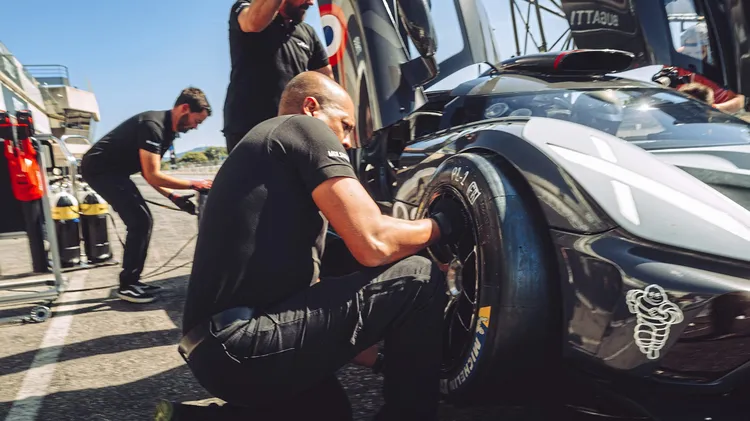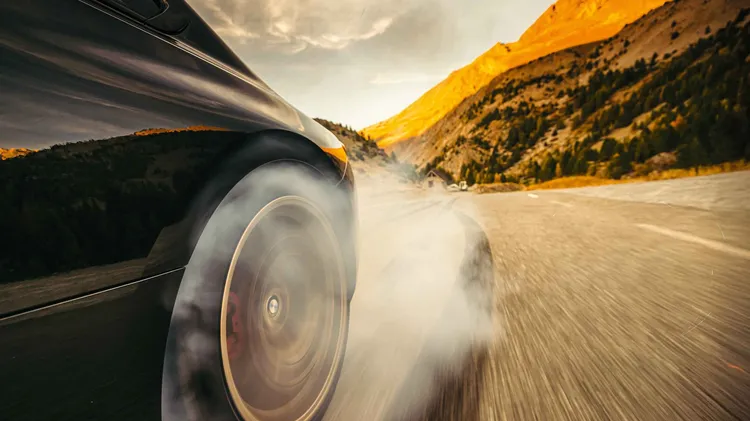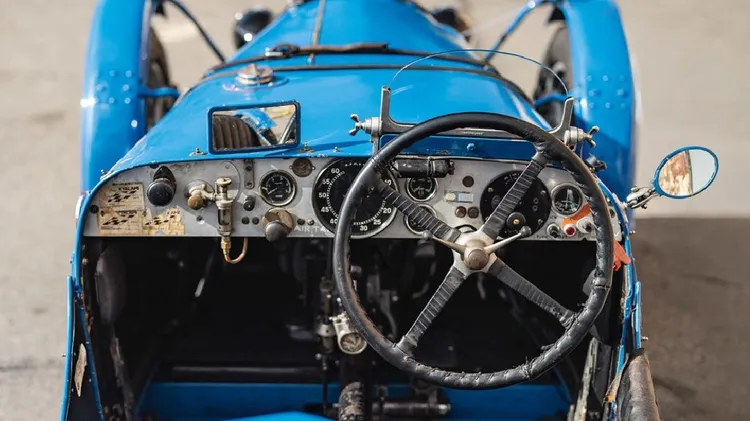Circumstances beyond the manufacturer’s control have led to
Peugeot’s conventional switch
3 min read
This article is from...
Read this article and 8000+ more magazines and newspapers on Readly






